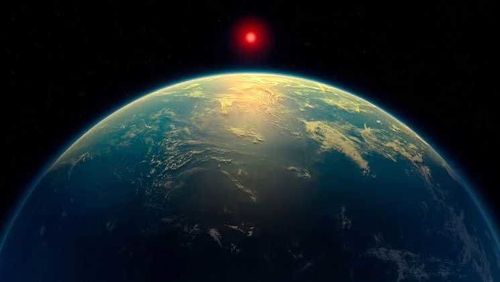A team of researchers say they have found the strongest indication yet of extraterrestrial life.
The suggestion of life has emerged, not in our own solar system, but on a planet, known as K2-18b, that orbits a star 120 light-years from Earth.
Using the James Webb Space Telescope, researchers have detected two gases – dimethyl sulfide, or DMS, and dimethyl disulfide, or DMDS – in K2-18b’s atmosphere.

On Earth, these gases are generated by living organisms, primarily microbial life such as marine phytoplankton – algae.
The researchers voiced excitement mixed with caution at a press conference yesterday, stressing their discovery was pointing to a biological process rather than actual living organisms and more observations were needed.
Nevertheless, these were the first hints we have had of an alien world that is possibly inhabited, Nikku Madhusudhan, Cambridge University astrophysicist and lead author of the study published in the Astrophysical Journal Letters.
“This is a transformational moment in the search for life beyond the solar system, where we have demonstrated that it is possible to detect biosignatures in potentially habitable planets with current facilities,” Madhusudhan said.
“We have entered the era of observational astrobiology.”

Lander’s incredible close-up shot of the moon’s hidden side
K2-18 b is 8.6 times the size of Earth and orbits in a “habitable zone”, also known as the “Goldilocks zone”, where the conditions are just right for a planet to potentially support liquid water on its surface – a key ingredient for life.
About 5800 so-called exoplanets, have been discovered beyond our solar system since the 1990s.
Scientists have pointed to the possibility of Hycean worlds, covered with liquid water oceans habitable by microorganisms, existing.
Madhusudhan said if Hycean worlds existed, “we are talking about microbial life, possibly like what we see in the Earth’s oceans”.
When asked about possible multicellular organisms or even intelligent life, Madhusudhan said: “We won’t be able to answer this question at this stage.
“The baseline assumption is of simple microbial life.”







